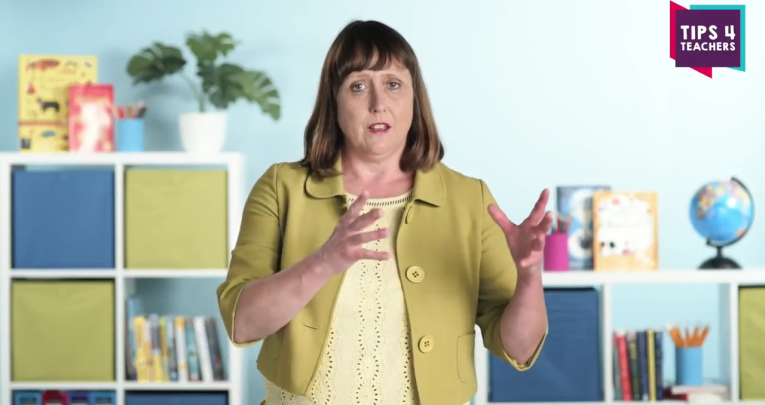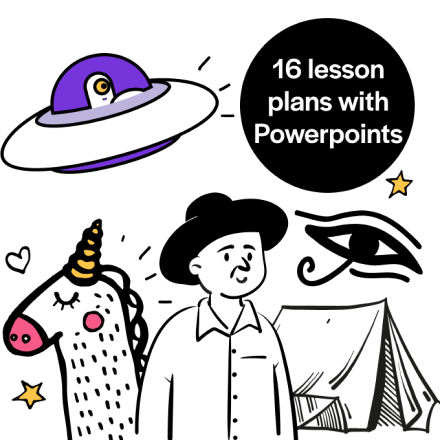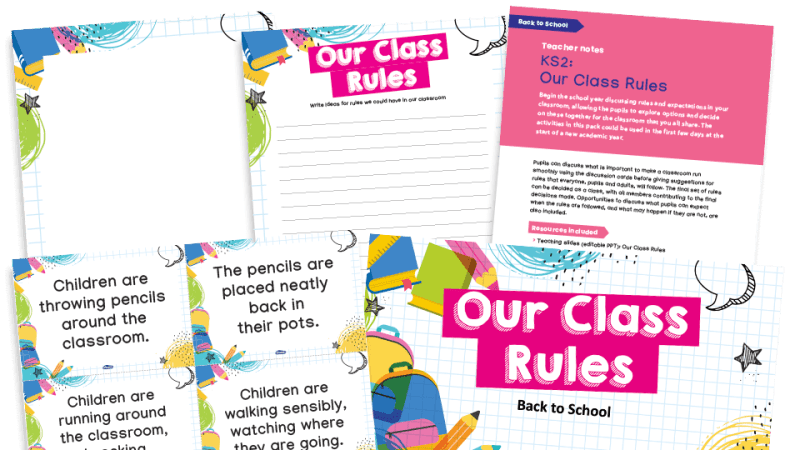Behaviour management strategies for challenging children

What do you do when the behaviour of a child in your class is very challenging? Behaviour expert Sue Cowley shares behaviour management techniques to use in primary schools

- by Sue Cowley

READ ON TO DISCOVER…
- How to manage children’s behaviour in school
- The important of consistency in behaviour management in schools
- How to deal with defiant, abusive or disruptive pupils
- Behaviour management strategies to use in Early Years and primary school
Read in 1-2 minutes…
If you want to watch the full video with all of these segments in one go, you can find it here. And there are loads more of Sue Cowley’s behaviour management videos to be found on our YouTube Channel Tips for Teachers.
1 | What drives children’s challenging behaviour?
What sorts of things drive really challenging behaviour? There are many factors that are out of your immediate control outside of school, such as parents rewarding, punishing, reinforcing and/or ignoring certain behaviours. Bear in mind children’s home life and any potential outside influences that can affect their actions in school.
2 | Fair but flexible behaviour management
Should you treat these children differently to the rest of your children? How do you differentiate for behaviour? Sue’s tip is to apply ‘flexible consistency’, which may sound like an oxymoron, but it’s a great way to use your own knowledge of your class to manage everyone’s behaviour standards. Your standards are consistent, but your approach to maintaining them is flexible depending on the child.
3 | Dealing with defiant children
How might you deal with a student who is being extremely defiant, abusive, disruptive? Your first instinct might be to jump right on it and sort that child out, but thankfully, in most instances, ignoring the behaviour rather than acknowledging it, might be the better option.
4 | How to calm your class after a distruption
How do you approach calming the rest of the class in the aftermath? In can be tricky to settle a large group after an inciting incident, and it can affect your emotions too. So it’s always good to talk through what happened calmly with them, to help everyone understand why certain things happen and how they can be avoided in future.
5 | When to ask other staff to help with behaviour
How and when should you seek support from other staff? Make sure if you’re struggling with behaviour to reach out to colleagues for assistance. And one of the biggest sources of support is your SENCo. Their expertise will be invaluable to understanding and correcting unwanted behaviours.
6 | Let children know they can choose their behaviour
How can you make students more aware of their own behaviour and responsible for self-regulation? One simple technique is to present behaviour as a choice, to let them know that they have the power and the duty to take care of themselves.
7 | Teaching is tough – give yourself an outlet
As a teacher, being faced with challenging behaviour every day means dealing with the negative emotions that come along with it. Especially when you have to keep those emotions in check rather than screaming at young children to behave. Be sure to give yourself an outlet outside of school, whether it’s a sport, hobby or anything else. Whatever lets you release some of that emotional energy.
If you want to watch the full video with all of these segments in one go, you can find it here. And there are loads more of Sue Cowley’s behaviour management videos to be found on our YouTube Channel Tips for Teachers.










